ISTA Packaging Tests: Navigating International Commerce
In the fast-paced world of international commerce, ensuring that your products reach their destination intact is paramount. The journey from your warehouse to your customer’s doorstep can be fraught with hazards, from rough handling to fluctuating temperatures. That’s where the International Safe Transit Association (ISTA) steps in, providing a framework for testing and certifying packaging that can withstand the rigors of transportation. Let’s delve into the world of ISTA packaging tests and explore why they’re crucial for businesses worldwide.
1. What is the ISTA packaging test?
The ISTA packaging test serves as a comprehensive evaluation of a package’s ability to withstand transportation hazards. From vibration and shock to changes in temperature and humidity, ISTA covers a range of scenarios that packaged goods might encounter during transit. With various series tailored to different transport conditions, including non-simulated, partial simulation, and full simulation tests, ISTA provides a standardized approach to assessing packaging integrity.
Here are the packaging test items of ISTA:
- 1 series: completely non-simulated transport test, including ISTA 1A,1B,1C,1D,1E,1G,1H
- 2 series: partial simulation transport test: including ISTA 2A,2B,2C
- 3 series: Full simulated transport test: including ISTA 3A,3B,3E,3F,3H,3K
- 6 series: FedEx Federal Express test: including ISTA 6-FEDEX-A, ISTA 6-FEDEX-B, ISTA 6-SAMSCLUB, ISTA 6-AMAZON
2. Benefits of ISTA packaging test?
1.Reduced Product Damage and Loss: By ensuring that your packaging can withstand transportation hazards, you minimize the risk of product damage or loss during transit, safeguarding your bottom line.
2. Cost Savings: Preventing product damage not only protects your revenue but also saves on distribution costs associated with replacements and returns.
3. Streamlined Development Process: ISTA testing streamlines the package development process, providing clear guidelines and standards to adhere to, which can accelerate time-to-market for new products.
4. Enhanced Customer Satisfaction: Delivering products in pristine condition enhances customer satisfaction and loyalty, helping to maintain a positive brand reputation.
3. What are the tests for each test standard?
Here are the tests for each test standard:
1) ISTA 1-3 Series
- ISTA 1A: Environmental test, fixed frequency vibration test, shock test (drop test/inclined impact test/horizontal impact test)
- ISTA 1B: Environmental test, fixed frequency vibration test, shock test (drop test / inclined impact test / horizontal impact test)
- ISTA 1C: Environmental test, stress test, vibration test (fixed frequency/random vibration), shock test (drop test/inclined impact test/horizontal impact test)
- ISTA 1D Environmental test, pressure test, vibration test (fixed frequency vibration / random vibration), shock test (drop test / inclined impact test / horizontal impact test), rotating edge drop test
- ISTA 1E: Environmental test, vibration test (fixed frequency vibration/random vibration), shock test (inclined impact test/horizontal impact test), rotating edge drop test
- ISTA 1G: Environmental test, random vibration test, shock test (drop test/inclined impact test/horizontal impact test)
- ISTA 1H: Environmental test, random vibration test, shock test (drop test/inclined impact test/horizontal impact test), rotating edge drop test
- ISTA 2A: Environmental test, pressure test, vibration test (fixed frequency vibration / random vibration), shock test (drop test / inclined impact test / horizontal impact test), vibration (fixed frequency vibration / random vibration)
- ISTA 2B: Environmental test, pressure test, vibration test (fixed frequency vibration / random vibration), shock test (drop / inclined impact / horizontal impact), rotating edge drop test, vibration test (fixed frequency vibration / random vibration)
- ISTA 2C: Environmental test, dynamic load stacking random vibration test, shock test (drop test/inclined impact test/horizontal impact test)
- ISTA 3A: Environmental test (optional), drop test, dynamic load stacking random vibration test, random vibration test, impact test (standard parts, small parts: drop test; flat parts: rotating edge drop test, rotating surface drop test, hazardous object impact test; extended parts: rotating edge drop test, rotating surface drop test, bridge impact test)
- ISTA 3E: Environmental test, (optional), shock test (inclined impact test/horizontal impact test), rotating edge drop test, pressure test, random vibration test, rotating edge drop test
- ISTA 3F: Environmental test, (optional), Drop test, Pressure test, Random vibration test, Drop test
- ISTA 3H: Environmental test, (optional), horizontal shock test, rotating surface drop test, rotating edge drop test, rotating corner drop test, random vibration test,
2) ISTA 6 Series
A testing program called ISTA 6 Series was created by ISTA in collaboration with ISTA member businesses, and it is currently 6 SAMSCLUB (Wal-Mart Sam’s Club), 6 FEDEX-A (Federal), 6 FEDEX-B (FedEx testing), and 6 AMAZON.COM-OVER BOXING (Amazon).
ISTA Amazon. com-Over Boxing, number 6
This test technique is used to transport goods packaged in Amazon boxes using the company’s truck, train, and air delivery networks. The procedure entails temperature and humidity pre-treatment (equilibration of the packaging components with the laboratory environment in terms of temperature and humidity), temperature and humidity treatment (simulating the environment that might be encountered during transportation), shock (drop), random vibration, and leakage testing.
ISTA 6- Amazon.com-S.I.O.C.
A test procedure for Amazon.com delivery system shipments applicable to goods shipped in their original packaging (SIOC). 6-Amazon.com classifies packaging into eight types A through H based on the Amazon.com shipping and delivery method, Amazon.com operations center handling method, the weight of packaged parts, and type of goods.
The main test items include:
- Temperature and humidity pre-treatment (temperature and humidity equilibrium between the package and the laboratory environment)
- Temperature and humidity treatment (simulating the temperature and humidity environment that may be experienced during transportation)
- Impact (free fall, rotating rib drop, rotating surface drop, rotating angle drop, bridge impact, concentrated rib impact, tipping, inclined impact)
- Random vibration (with top load, without top load), compression (vertical, horizontal), leakage test
ISTA 6-FEDEX-A (FedEx Test A)
It’s applicable to packaging pieces not exceeding 150lbs, the program is further divided into U.S. domestic transportation and international transportation, and the test procedures mainly include impact (drop, concentrated prismatic impact, bridge impact), vertical compression, and random vibration (trucking, air transport).
ISTA 6-FEDEX-B (FedEx test B)
It’s applicable to more than 150lbs packaging pieces, the program is subdivided into United States domestic transport and international transport, and the test program mainly includes impact ( inclined impact, bottom impact, tipping, rotating edge impact, rotating angle impact), vertical compression, vibration (rotating vibration, random vibration).
ISTA 6-SAMSCLUB (Sam’s)
This test procedure was developed by ISTA in cooperation with Sam’s Club and designed as a comprehensive simulation test. It is applicable to packaged pieces shipped by Sam’s Club distribution system to locations throughout the United States. The program is divided into 4 different types of package parts A through D.
The test program includes:
- Temperature and humidity pre-treatment (package parts equilibrated with laboratory environment temperature and humidity)
- Temperature and humidity treatment (simulating the temperature and humidity environment that may be experienced during transportation)
- Impact ( inclined impact, free fall, rotating edge drop, rotating surface drop, concentrated edge impact, bridge impact)
- Forklift test, pressure (vertical, horizontal)
- Random vibration (with top load, without top load)
3) ISTA 7 Series
ISTA 7 Series are developmental tests, including the ISTA 7D test and ISTA 7E test, they may be from ISTA 1 series, ISTA 2 series, and ISTA 3 series, 7D is mainly used to evaluate the effect of temperature on the packaging parts.
ISTA 7D test gives temperature cycles such as 24 an h air transport temperature cycle, 48h air transport temperature cycle, 72h international air transport temperature cycle in winter or summer within the United States. Generally, ISTA 7D will be combined with
4) ISTA’s other series
ISTA has worked with PCCIG to complete a data survey of the U.S. pharmaceutical cold chain environment temperature and use it for the ISTA 7E program, which needs to be completed through a separate ISTA purchase.
4. What are the specific test items of ISTA?
Here are the specific test items of ISTA:
1) ISTA 1A specific test items
The ISTA 1a procedure is intended to offer a uniform set of tests to confirm the performance of various product packaging systems linked to particular transportation hazards. ISTA 1a specifically deals with single packaged goods weighing 150 pounds (68 kg) or less.
The following tests will be applied to loads that match these parameters.
- Atmospheric conditioning to room temperature/humidity.
- Vibration testing at a predetermined frequency using a fixed displacement method at 1″ peak to peak.
- Impact testing can be performed by dropping, inclined impact, or horizontal impact testers.
Companies can benefit in a variety of ways by putting their packages through the testing outlined in the ISTA 1a standard.
- Reduce packaging time.
- Reduced cost escalation due to lost or damaged products.
- Higher customer satisfaction.
2) ISTA 2A Specific Test Items
The objective of ISTA 2a is to establish a uniform set of tests for evaluating the performance of individually packaged goods weighing 150 lbs (68 kg) or less with respect to the hazards present in the distribution cycle. Given that it contains parts for testing Series 1 and Series 3, the ISTA 2 series is one of the most complete series.
The following tests together make up the ISTA 2a standard.
- Preconditioning of the atmosphere at ambient temperature and humidity.
- climate control with regulated humidity and temperature levels in accordance with specific instructions.
- employing one of the following techniques for compression.
- Machine application and release (calculated test force x 1.4)
- Machine application and hold (calculated test force)
- Weight and load distributor (calculated test load)
- Fixed displacement vibration (1″ peak to peak at a specified frequency) or random displacement vibration (1.15 total Grms level).
- Impact testing based on the drop, inclined impact, or horizontal impact methods (height or impact speed depending on package weight)
Similar to the ISTA 1a standard, doing such testing on product packaging systems has numerous advantages for a firm because, in addition to those already mentioned, there are still more benefits.
- Lower costs along the supply and distribution chain
- Ensuring adherence to all relevant laws and regulations
- Preventing any compromises to the product’s security
3) ISTA 3A specific test items
ISTA 3a is a standard simulation test for sending single-packaged goods by land or air. The test can be applied to four different types of packaging, distributed separately.
Small package products: Any package that meets the following requirements.
- Its volume is less than 13,000 cubic centimeters (800 cubic inches).
- Its dimensions are 350 mm (14 inches) or less.
- Weighs 4.5 kg (10 lbs) or less.
Flat-pack products: Any package that meets the following criteria has a minimum dimension of 200 mm (8 inches) or less.
- The next longest dimension is four (4) times larger or more than the shortest dimension.
- Its volume is 13,000 cubic centimeters (800 cubic inches) or greater.
- Slender Packaged Products: Any package with the following characteristics
- A maximum dimension of 900 mm (36 inches) or longer
- Other sizes of packages 2% or less than the maximum size
Standard Package Product: Any other package product that does not meet the previous definition of a small, flat, or slender package product.
Because of their varying characteristics, these types of packages will be tested. For standard and small packages, the tests are
- Atmospheric preconditioning with ambient temperature and humidity.
- Atmospheric conditioning at a predetermined temperature and humidity to see if the flexible packaging is sustainable flexible packaging. (optional)
- Shock testing using the drop method (9 drops from different heights depending on the weight of the product).
- Vibration using the random method with and without top loading (0.53 and 0.46 Grms levels).
- Random vibration under low pressure depends on whether the package is seen only by truck or truck and air (optional).
- Impact tests were performed using the drop method (8 drops for standard packages and 7 drops for small packages with different heights).
- For flat and slender packages, in addition to the tests described above, other additional tests were performed.
- Impact testing using the rotating edge drop method at 8 in.
- Impact testing by the full rotating flat drop method.
- Impact testing by concentrated impact (flat) or bridge impact (elongated), where the hazard box is dropped from a height of 16 in.
Whether you’re a small e-commerce retailer or a multinational corporation, ISTA packaging tests offer a standardized and reliable method for ensuring the integrity of your packaged goods. By investing in ISTA certification, you not only protect your products but also your brand reputation and customer satisfaction.
In conclusion, navigating the complexities of international shipping requires a proactive approach to packaging design and testing. With ISTA as your guide, you can confidently navigate the challenges of global commerce, knowing that your products are well-protected every step of the way.


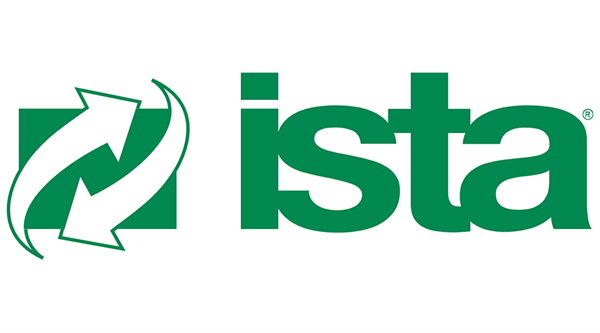
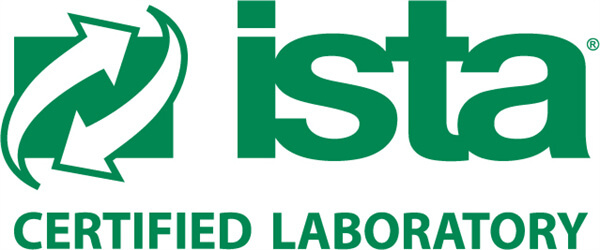
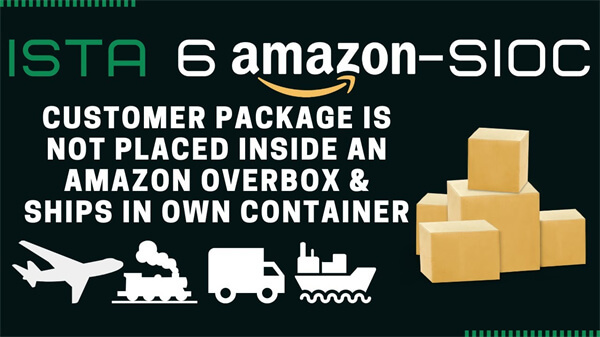
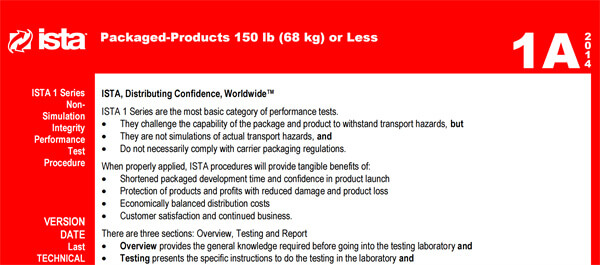
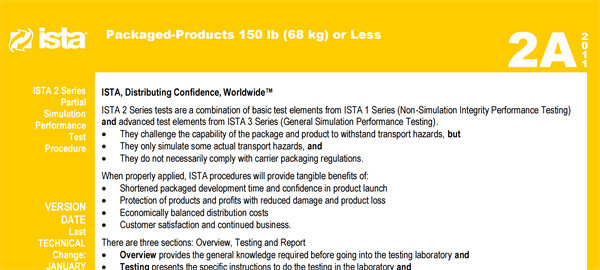
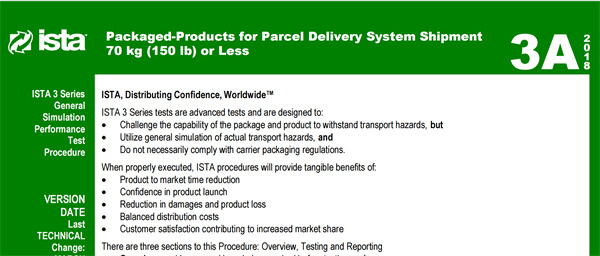
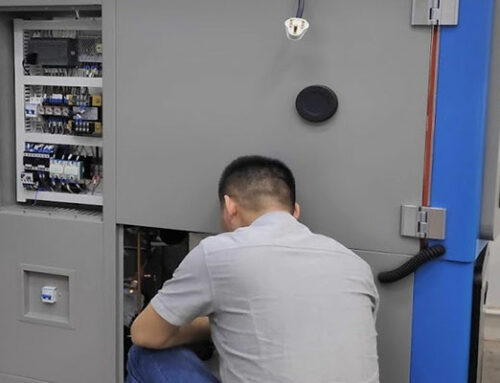


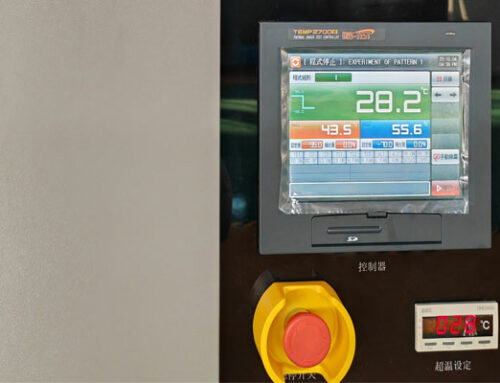
Leave A Comment